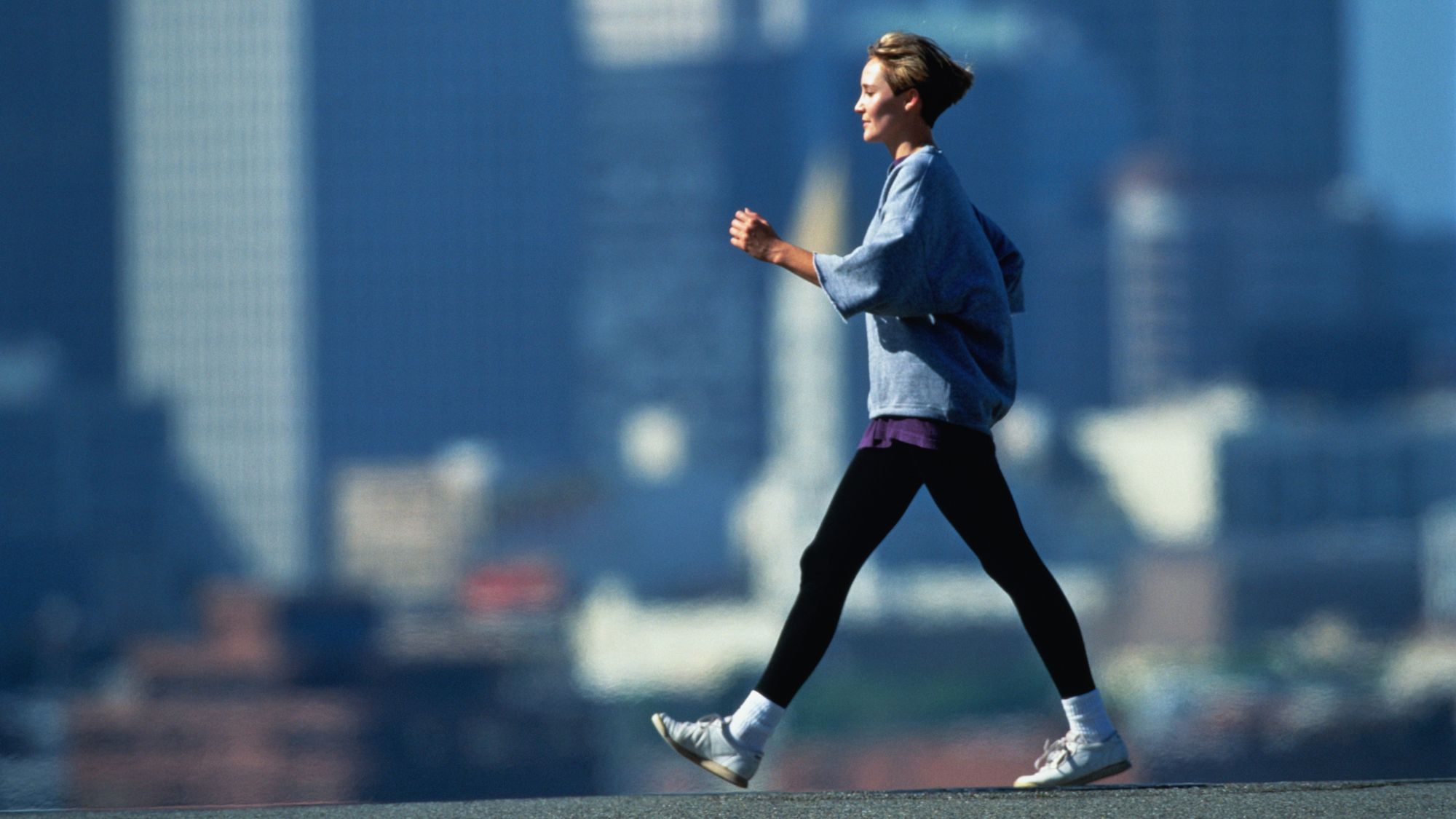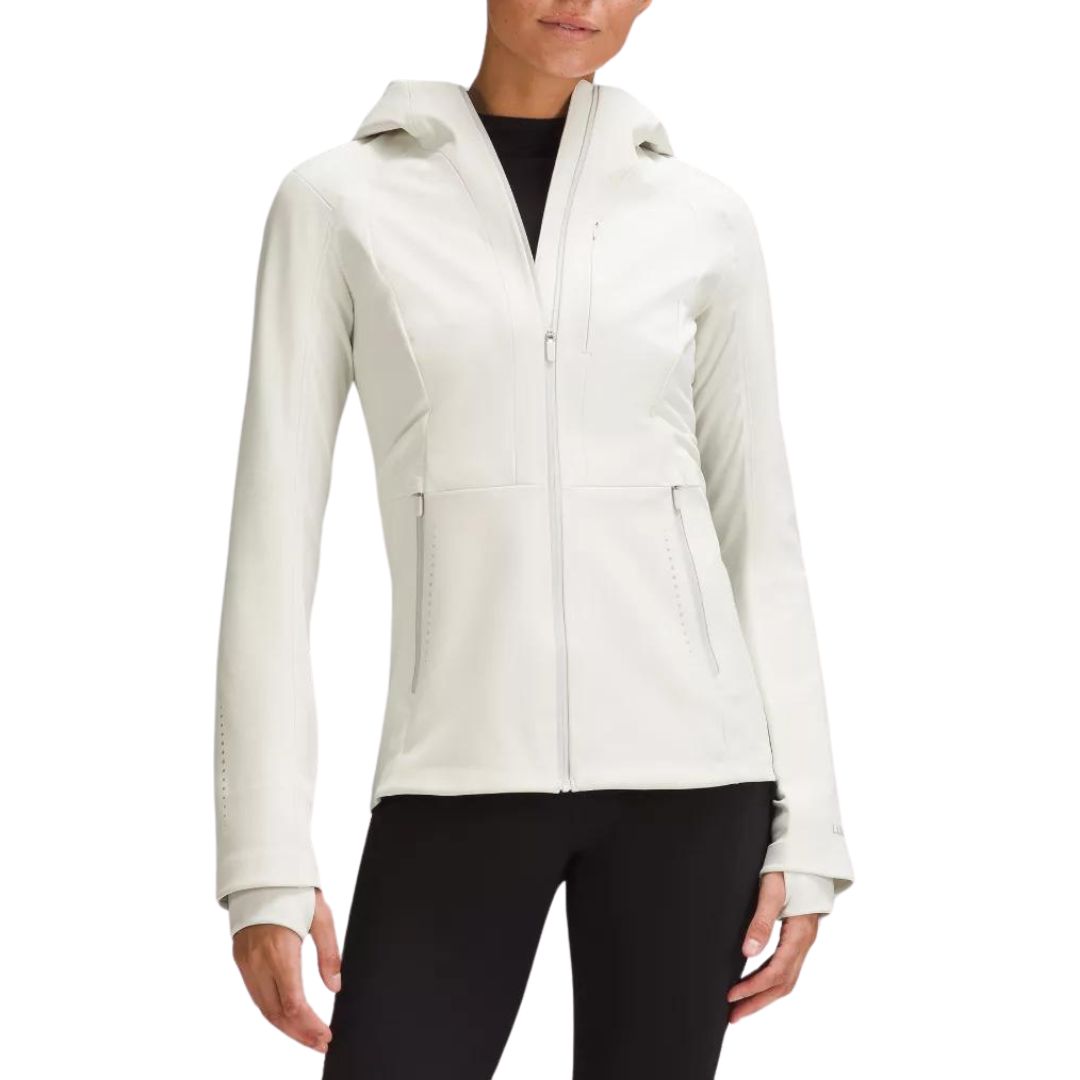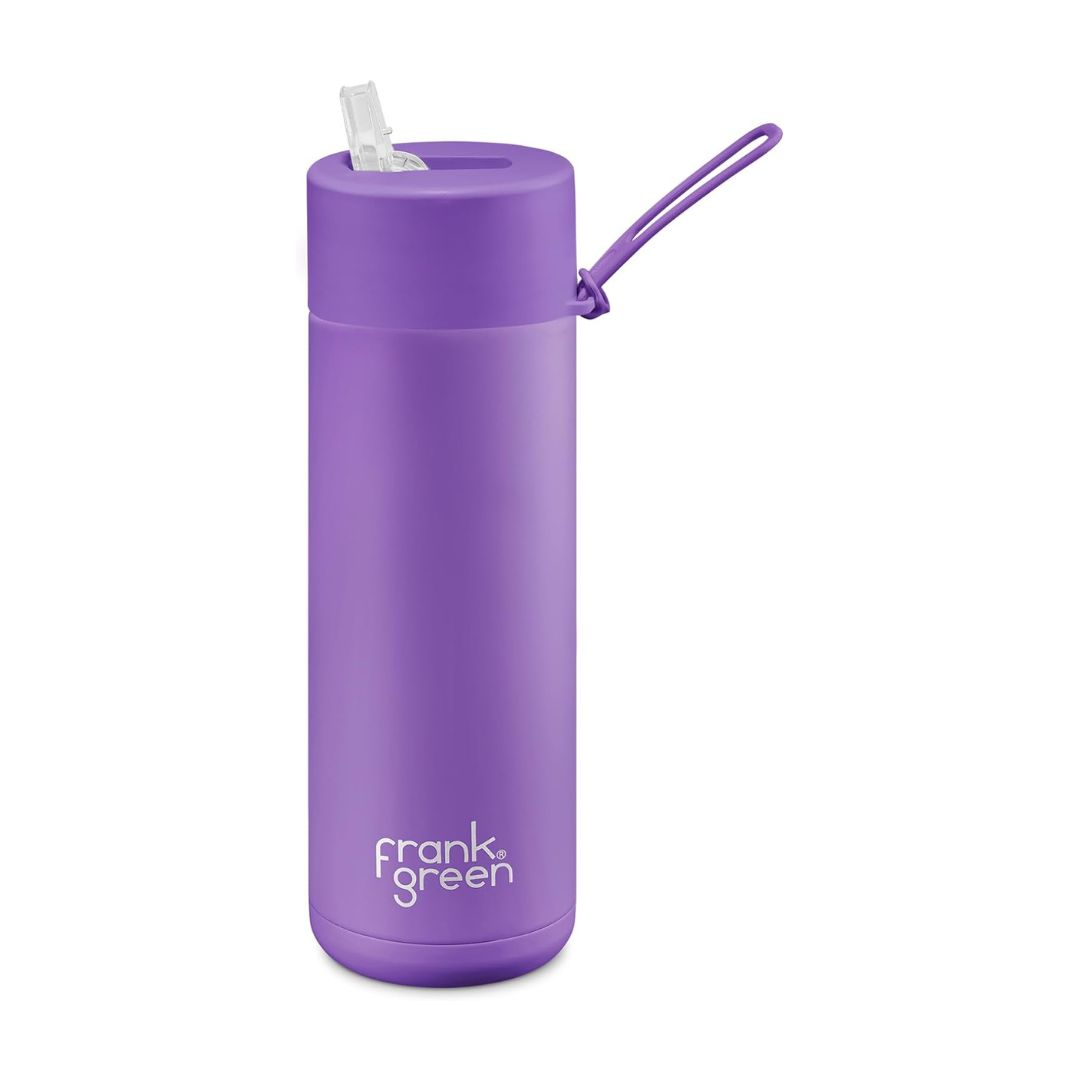It's trending on TikTok as the easiest way to boost fitness - so, is walking a good workout?
You asked, we answered.


Of all the exercise styles that have had their spin on the conveyor belt of trending training methods in recent years, one stands out as arguably the simplest and most widely accessible: walking. But question: while there’s obvious value to be had by moving our bodies on the daily, is walking a good workout?
Judging by the number of people hot girl walking, cosy cardio-ing and investing in walking pads to up your steps from home, there are plenty of benefits of walking. We’re collectively shifting to more balanced weekly routines which prioritise mindful movement and low-impact exercise in pursuit of all-round wellbeing, improved mood and boosted mental health. Work meetings on the go to top up your Vitamin D and fresh air levels, anyone?
At the time of writing, 10,000-odd of you take to Google in search of indoor walking workouts each month, meanwhile, the 12-3-30 workout (the premise of which is to set the treadmill incline to 12%, and walk at 3 mph for 30 minutes) remains a talking point on TikTok. It’s clear we’re all invested in getting our steps in, whether from home, at a fitness facility or by exploring our local areas. But we were keen to pick the brains of top experts to see whether walking actually counts as a workout in and of itself is a subject. Keen to read the ins and outs of whether walking is a good sweat session? And, if it is, how you maximise results? Keep scrolling. Don't miss our guides to indoor walking workouts and outdoor walking workouts, plus what happened when one MC UK staffer walked every day for two weeks, here.
Is walking a good workout? Top experts explain
What does walking do for your body?
The benefits of walking regularly are vast and varied. Simply totting up your steps each day can have a profound impact on your physical and mental wellbeing, and can reduce your risk of developing major illnesses later in life.
“There are studies showing that just 30 minutes a day can increase cardiovascular fitness, strengthen bones, reduce excess body fat, and boost muscle power and endurance, as well as alleviating symptoms of anxiety and depression,” says Dr. Hackenmiller, Chief Medical Advisor at AllTrails. And that’s not all.
“Unlike high-intensity activities that can be hard on the joints and muscles, walking is low-impact,” says Lucie Cowan, master trainer at Third Space. “It’s gentle on your body, making it suitable for individuals of all fitness levels and ages.” Walking is also good for boosting energy levels and enhancing sleep quality. “Contrary to the misconception that exercise depletes energy, walking can actually increase your energy levels, making you feel more active and alert throughout the day,” says Cowan. “Additionally, regular physical activity, such as walking, can promote better sleep quality, which is crucial for overall health.”
Unlike other trending styles of training, such as Pilates and Padel, walking is one of the most accessible forms of exercise. It requires no equipment or membership fee, and you can do it almost anywhere, including your local park to your living room.
Celebrity news, beauty, fashion advice, and fascinating features, delivered straight to your inbox!
Is walking an effective form of cardio?
According to Dr. Hackenmiller, walking is an excellent form of cardiovascular exercise, especially when performed at a brisk pace. “It helps strengthen the heart and lungs and improves circulation, contributing to overall cardiovascular fitness,” she says.
That said, the effectiveness of walking as a cardio workout depends on various factors, including the intensity and duration. “Put simply, walking at a brisk pace can elevate your heart rate into the moderate-intensity zone,” Cowan explains. “However, walking may not elevate your heart rate high enough to reach the vigorous-intensity zone, which is typically recommended for optimal cardiovascular fitness.” For anyone new to exercise or those with mobility limitations, walking can still provide significant cardiovascular benefits, she emphasises. “However, for those with good baseline cardio fitness levels, walking may not lead to further significant improvements.”
Training zones, Cowan says, such as the target heart rate zones, can help individuals gauge the intensity of their workouts. She recommends aiming to maintain a heart rate within the moderate-intensity zone, which is typically 50 to 70% of your maximum heart rate, to capitalise on the cardiovascular benefits of walking. “While walking may not push you into the higher heart rate zones, it still contributes to overall physical activity levels and can complement more intense workouts in your fitness programme,” she says.
Is walking a good workout?
What does a ‘good’ workout look like to you? Is it one that challenges you physically and/or mentally? Is it one that helps you inch closer to achieving a goal? Perhaps it’s a session that feels enjoyable, social, or all of the above?
The point we’re getting at is that what makes a good workout is completely subjective, but walking absolutely can tick many of those boxes. It’s possible for you to increase (or decrease) the level of difficulty by modifying the incline and duration of your walk, for example, and it’s an activity that can improve health markers such as cardiovascular fitness, too.
There are also various ways of mixing it up to make walking fun (at home while bingeing your current favourite series, for instance, or touring your neighbourhood’s best cafes on foot with friends).
How many steps should you actually walk a day?
Your ideal daily step count depends on many factors, including age, fitness levels and goals. “For instance, a recent Harvard study showed that elderly women who achieved over 4,400 steps a day largely increased their longevity, compared to those less active in their age group,” says Dr. Hackenmiller. “But, typically, for the average healthy adult, research suggests that aiming for 10,000 steps per day is a good target for overall health and well-being. 10,000 steps per day can also help reduce the risk of chronic diseases, improve cardiovascular fitness, and even lower the risk of dementia.”
The NHS advises you do at least 150 minutes of moderate intensity activity, or 75 minutes of vigorous intensity activity, per week, plus at least two strength training sessions. These are numbers you should bear in mind, according to Cowan, when considering your walking goals.
“According to research published in the American Journal of Preventive Medicine, aiming for 7,500 steps per day is associated with reduced risk of mortality, however many health experts suggest a daily goal of 10,000 steps as a benchmark for overall health,” she says. “However, there’s no one-size-fits-all – the key is to combine steps with other forms of exercise, such as running, cycling, or strength training, to create a balanced fitness routine.”
Both experts agree that it’s important to aim for a daily step count that’s based on your personal circumstances and aligns with your overall goals, as opposed to picking a number at random. “Aiming for consistency, rather than a specific number would be my advice,” says Cowan.
Is just walking enough exercise?
Whether walking is enough exercise on its own or not really depends on your personal circumstances, preferences and goals. But, while it is a top-tier type of movement for all-over health, often it’s best teamed with strength training and cardio of higher intensities for a balanced, well-rounded routine.
“Incorporating strength training exercises, such as weightlifting or bodyweight exercises, helps build and maintain muscle mass, improve bone density, and boost metabolism,” says Dr. Hackenmiller. “Moderate-to-vigorous intensity aerobic activities, such as jogging, cycling, or swimming, can further enhance cardiovascular health.”
What are the best walking workouts?
1. Hiking
“Find your closest scenic trail, with varying terrain and some elevation such as hills, to challenge your muscles and cardiovascular system. Even your local woodland or hilly park will do,” Cowan advises.
Try this:
- Incorporate intervals of brisk walking uphill followed by recovery periods on flat or downhill sections.
- Use hiking poles to engage your upper body muscles and improve balance and stability.
- Aim for longer duration hikes or explore new trails to keep the workout challenging and engaging.
2. Treadmill work
Cowan recommends using the incline feature on the treadmill to simulate uphill walking or hiking.
Try this:
- Start with a moderate incline (a setting of 20-30% incline) and gradually increase the intensity as you build endurance.
- Incorporate interval training by alternating between periods of brisk walking and recovery periods at a slower pace. For example, walk at a challenging pace for 2-3 minutes, then reduce the speed for 1-2 minutes of recovery before repeating.
- Experiment with different treadmill workouts, such as hill intervals, progressive incline walks, or speed intervals, to keep your workouts varied and stimulating.
- Focus on maintaining good posture and engaging your core muscles throughout the workout to maximise effectiveness and reduce the risk of lower back injury.
3. HIIT walking
Give your daily walk a high-intensity spin for a sweaty session. “HIIT walking boosts metabolism and improves cardiovascular fitness,” says Cowan. “Incorporating these variations into your walking routine can help you get a more effective workout, challenge different muscle groups, and improve overall fitness and endurance.”
Try this:
- Perform a HIIT walking workout by alternating between short bursts of high-intensity walking or jogging and recovery periods of slower walking or rest. For example, walk or jog at a fast pace for 30 seconds to 1 minute, followed by a recovery period of 1-2 minutes of slower walking.
- Repeat the intervals for 15-20 minutes or adjust the duration and intensity based on your fitness level and goals.
4. Speed hiking
“If you’re looking for an effective way to make your trail adventures more dynamic and increase intensity through whole-body condition, you might consider fitness trends such as ‘speed hiking’,” says Dr. Hackenmiller. “Speed hikers aim for a pace that is faster than walking but slower than running, with the happy medium of speed-hiking being around 3-5 miles an hour.” Using an outdoor trail app, such as AllTrails, will help you find suitable routes for speed hiking in your local areas.
5. Rucking
Adding weight to your walking, according to Dr. Hackenmiller, can optimise the strength-gaining benefits. “For those looking for further strength gain challenges, consider walking carrying a rucksack,” she says. “Known as "rucking," it's a test of endurance, improving VO2 max and raising your heart rate while activating core muscle groups in your legs, abdomen, and arms.”
Shop MC UK approved fit-kit now:

Abbi Henderson is a freelance journalist and social media editor who covers health, fitness, women’s sport and lifestyle for titles including Women's Health and Stylist, among others.
With a desire to help make healthcare, exercise and sport more accessible to women, she writes about everything from the realities of seeking medical support as a woman to those of being a female athlete fighting for equality.
When she’s not working, she’s drinking tea, going on seaside walks, lifting weights, watching football, and probably cooking something pasta-based.


